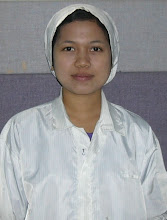Ovarian cysts are classified as fluid filled sacs located either on or inside the ovaries. In the majority of cases they consist of only fluid however the more serious types could have pieces of hair, bone or even teeth inside them.
There are several different ovarian cyst types. The most well known ones are:
follicular - otherwise referred to as functionalcorpus lutherum,cystadenoma,dermoid cyst,endometrioma - also known as chocolate cystsThe most common ones are the functional type. Most of them are generally benign and go away by themselves without any medical treatment in a few weeks. In some other instances when they are asymptomatic, remain completely undetected. Other, more serious types however may cause severe, intense symptoms for the sufferer and can potentially end up rupturing, bleeding or twisting on themselves.
If the follicular types advance in development, they can potentially become more complex if left untreated. This is why, even if you feel perfectly well, it is extremely important to stick to your yearly gynecology check ups to make sure that everything is well.
Women have two ovaries on both sides of their womb, which grow ovum every single month and release them. This cycle normally results in the beginning of a period. Each and every ovum is located in a follicle. As soon as the ovum grows to its full size, it's then gets released either to become fertilized or otherwise to be discarded. Whenever fertilization would not take place, the period would start so that your body can expel everything out of the womb.
Cysts will in most cases develop if the follicle around the ovum doesn't break due to a malfunction. This becomes a cyst and keeps increasing in size causing a variety of uncomfortable symptoms.
If you think you might be suffering from this condition, please go and have a thorough check up by a qualified medical professional!








